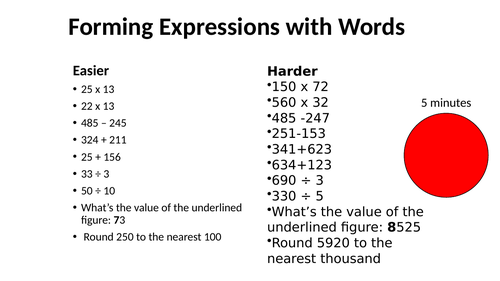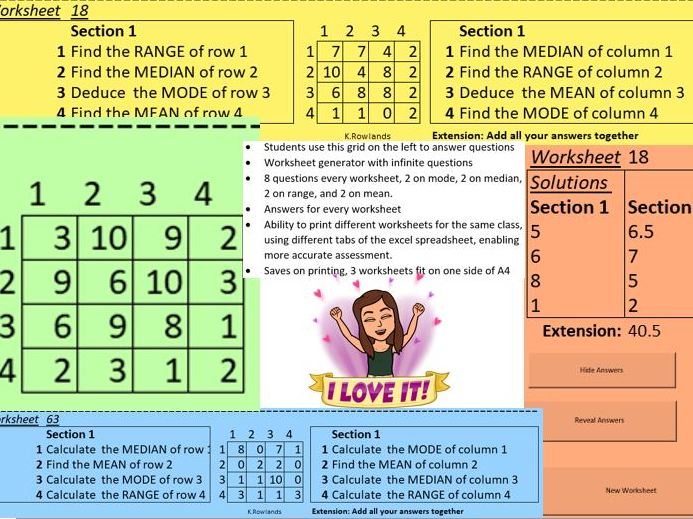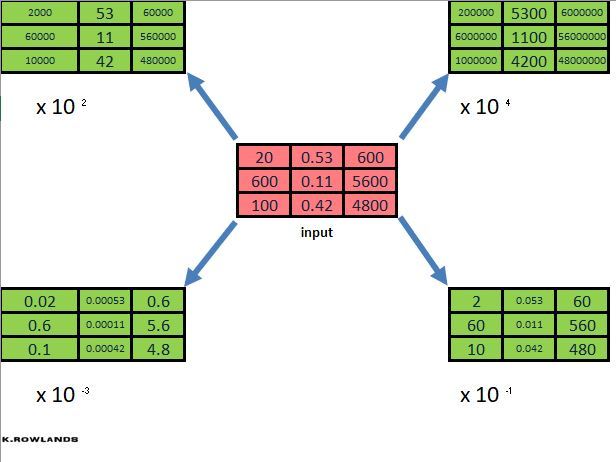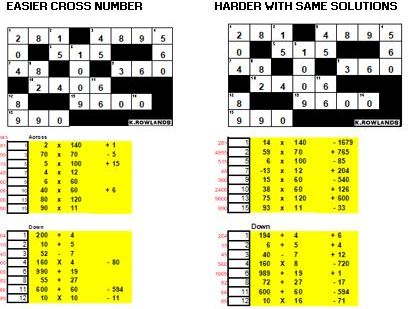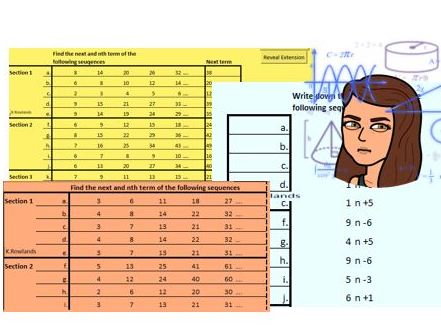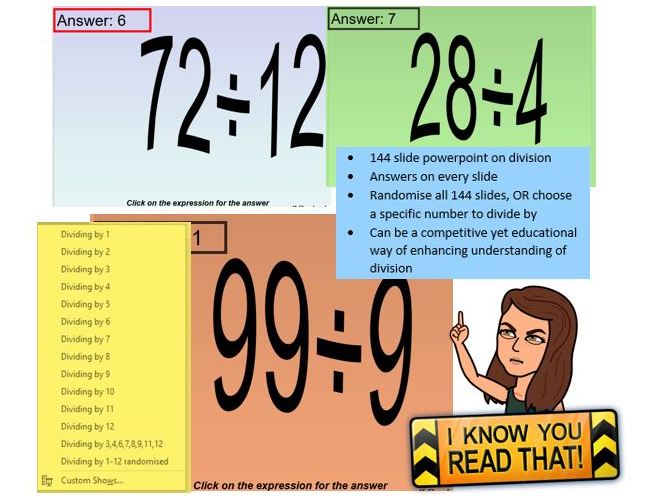MathswithMissRowlands' Shop
As a highly skilled teacher with four years of experience, I have been recognized as a TES recommended author for my interactive resources that make Maths easier to plan and engage with. Many of my resources involve the use of Powerpoint or Excel to create engaging and progressively difficult exercises that foster calm lessons and encourage excitement in learning. I am committed to designing resources that are repetitive yet engaging, and I am always looking for new and innovative ways to help m

